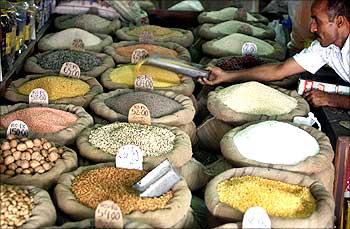
Are even the humble onions and potatoes slowly slipping out of reach of the common man?
The sky-high prices of vegetables and other food items have put an unprecedented strain on the common man, and families are struggling to cope with this shock and have already begun to reduce their consumption of vegetables.
Prices of all vegetables -- tomatoes, cauliflower, okra, cabbage, you name it -- have soared recently. Similarly, almost all groceries now cost almost double of what they did till about 18 months ago.
So why is this happening? Read on to find out. . .
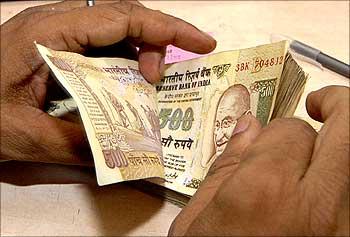
Higher vegetables and pulse prices pushed up the country's food inflation by 1.2 per cent during the week ended July 18, giving no relief to consumers, even though the overall price level for the seventh week in a row remained below zero.
The maximum increase was seen in the wholesale price of vegetables, which rose by 4.9 per cent, followed by pulses that went up by 4.2 per cent and meat/egg/fish rose by 3.5 per cent in just one week, according to official data.
Even as the government claims that inflation is down to minus 1.54%, the fact remains that the prices of food items have seen an unparalleled increase.
With the government affecting a hike in fuel prices -- by Rs 4 a litre on petrol and Rs 2 diesel) -- food prices have shot up even further.
Many other reasons too are being bandied about for the price rise: the vegetable vendor cites 'scanty rainfall' for the price rise.
The other major reason for the rise in the prices of vegetables is more demand and less supply. One more reason, some suspect, could also be that the local vegetable vendor might be fleecing the customers.
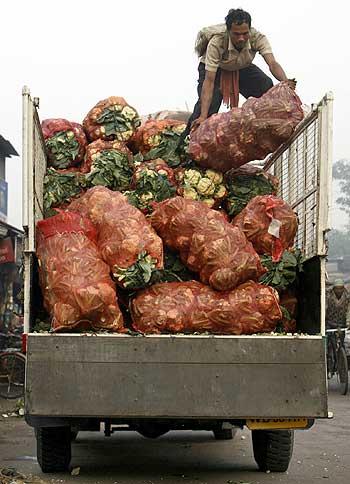
Similarly, prices of most pulses too are high due to a supply-demand mismatch.
Currently, there is a shortage of 4 million tonnes of pulses in India and the impact of late monsoon on the planting of Kharif pulses is also weighing on prices.
In the pulses category, the wholesale prices of arhar (tur) went up 9 per cent, gram by 4 per cent, moong and masur by 3 per cent each and urad by 2 per cent during the week in the wholesale market, the data showed.
Currently, arhar has breached a psychological mark of Rs 100 a kg in most retail counters in the country.
Consumers are hit badly as retail prices of most food commodities are ruling about 50 per cent higher than the wholesale market.
Climate-related changes do affect the availability of food items, but the current rise in the food bill is too steep to attribute only to the weather.
But if inflation is negative, why should prices rise? Find out. . .
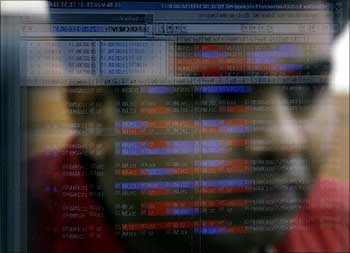
Inflation negative, but food prices soaring
What this means is that if prices in the basket of goods that is used to measure inflation are rising, then effectively it is inflation.
Inflation is calculated using a basket of hundreds of common items. The price increase is then multiplied by their weightage or their relative importance as a percentage of consumer spending.
As many as 435 commodities in India form a part of this 'basket'. Data on the price level of each of these commodities is tracked through the Wholesale Pr ice Index which is an indicator of movement in prices of commodities in all trade and transactions.
This is also the price index which is available on a weekly basis with the shortest possible time lag only two weeks. The Indian government has taken WPI as an indicator of the rate of inflation in the economy.
But prices of different items rise at different rates. So if items of higher weightage cost less (showing low inflation) and certain other items (of lower weightage, like vegetables) cost more, the overall inflation rate will be reflected as low. However, you will end up pay more for the vegetables despite inflation rate being low.
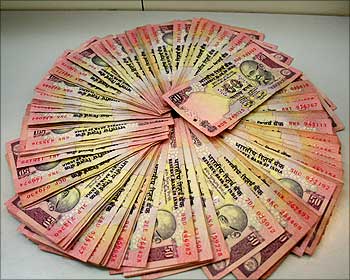
So how does India calculate inflation?
India uses the Wholesale Price Index (WPI) to calculate and then decide the inflation rate in the economy.
Most developed countries use the Consumer Price Index (CPI) to calculate inflation.
Wholesale Price Index (WPI)
WPI was first published in 1902, and was one of the more economic indicators available to policy makers until it was replaced by most developed countries by the Consumer Price Index in the 1970s.
WPI is the index that is used to measure the change in the average price level of goods traded in wholesale market.
How is WPI calculated?
The set of 435 commodities and their price changes are used for the calculation. The selected commodities are supposed to represent various strata of the economy and are supposed to give a comprehensive WPI value for the economy.
Individual WPI values for all the 435 commodities are calculated and then the weighted average of individual WPI figures are computed to arrive at the overall Wholesale Price Index. Commodities are given weightage depending upon their influence in the economy.
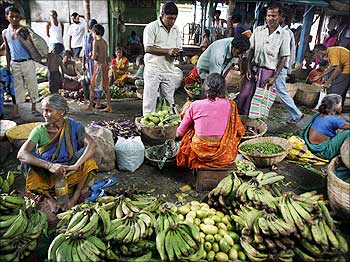
Consumer Price Index (CPI)
CPI is a statistical time-series measure of a weighted average of prices of a specified set of goods and services purchased by consumers. It is a price index that tracks the prices of a specified basket of consumer goods and services, providing a measure of inflation.
CPI is a fixed quantity price index and considered by some a cost of living index. Under CPI, an index is scaled so that it is equal to 100 at a chosen point in time, so that all other values of the index are a percentage relative to this one.
Economists say it is high time that India abandoned WPI and adopted CPI to calculate inflation.
India is the only major country that uses a wholesale index to measure inflation. Most countries use the CPI as a measure of inflation, as this actually measures the increase in price that a consumer will ultimately have to pay for.
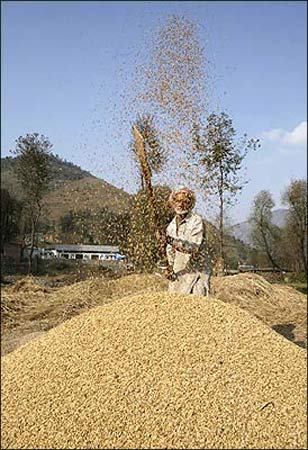
CPI is the official barometer of inflation in many countries such as the United States, the United Kingdom, Japan, France, Canada, Singapore and China. The governments there review the commodity basket of CPI every 4-5 years to factor in changes in consumption pattern.
WPI does not properly measure the exact price rise an end-consumer will experience because, as the same suggests, it is at the wholesale level.
The main problem with WPI calculation is that more than 100 out of the 435 commodities included in the Index have ceased to be important from the consumption point of view.
Take, for example, a commodity like coarse grains that go into making of livestock feed. This commodity is insignificant, but continues to be considered while measuring inflation.
India constituted the last WPI series of commodities in 1993-94; but has not updated it till now that economists argue the Index has lost relevance and can not be the barometer to calculate inflation.
WPI is supposed to measure impact of prices on business. But India uses it to measure the impact on consumers. Many commodities not consumed by consumers get calculated in the index. And it does not factor in services which have assumed so much importance in the economy.
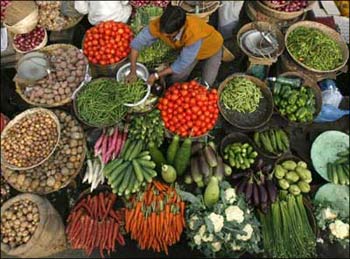
So doesn't India switch to the CPI method?
Finance ministry officials point out that there are many intricate problems from shifting from WPI to CPI model.
First of all, they say, in India, there are four different types of CPI indices, and that makes switching over to the Index from WPI fairly 'risky and unwieldy.' The four CPI series are: CPI Industrial Workers; CPI Urban Non-Manual Employees; CPI Agricultural labourers; and CPI Rural labour.
Secondly, officials say the CPI cannot be used in India because there is too much of a lag in reporting CPI numbers. In fact, as of May 21, the latest CPI number reported is for March 2006.
The WPI is published on a weekly basis and the CPI, on a monthly basis. And, in India, inflation is calculated on a weekly basis.
******
Tell us, on the discussion board below, have you been affected by the price rise? What do you think is the reason for the huge rise in food and vegetable prices? What can be done to arrest this price rise? How are you coping with this problem?